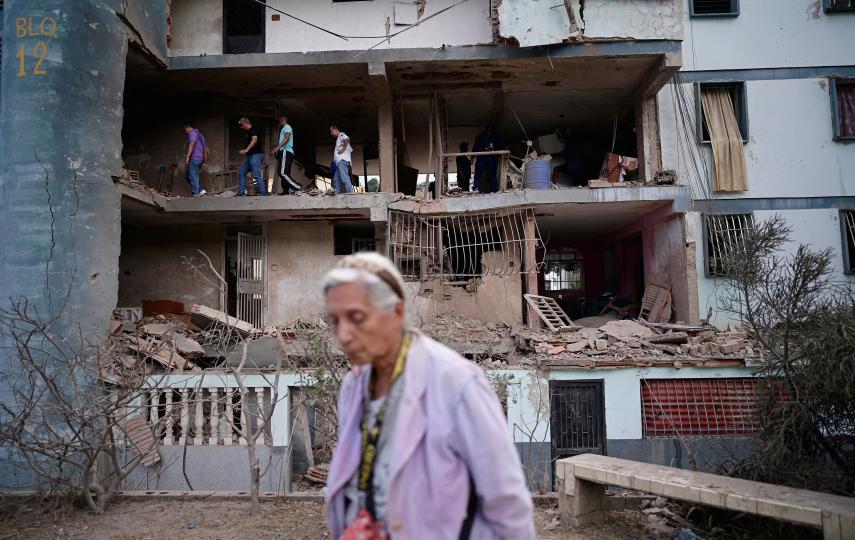ISLAMABAD
South and South-West Asia showed a marked improvement in its collective Gross Domestic Product (GDP) growth rate in 2003, according to an annual survey conducted by the United Nation's Economic and Social Commission for Asia and the Pacific (UNESCAP) which was launched in the Pakistani capital, Islamabad, on Friday.
"The year 2003 has been a very good year for the ESCAP region. 2002 was also a very good year in which the ESCAP region grew by 5.8 percent. And in 2003, the ESCAP region grew by 6.2 percent," Dr. Akhtar Hassan Khan, a former secretary of the Planning Commission of Pakistan, told IRIN at the launch.
The regional arm of the United Nations Secretariat for the Asian and Pacific region, ESCAP aims to promote economic and social development through regional and sub-regional cooperation and serves as the main economic and social development forum within the United Nations system for the region, which includes six sub-regions.
"The growth in the South and South-West Asia sub-region was very high: 6.5 percent in 2003 and largely because of the outstanding performance of India, Pakistan and Iran," Khan added.
According to the survey, the higher GDP growth was almost exclusively accounted for by India, the largest economy in the sub-region, which improved its GDP growth rate by over 3 percentage points.
"The improved growth performance in India and Pakistan was occasioned by more favourable weather, which aided strong output growth in agriculture," the report added.
Exports also benefited, particularly in Pakistan with higher output and better commodity prices raising agricultural incomes, stimulating, in turn, the production of manufactured goods, the report said.
"If you look at Pakistan's performance in 2002, the GDP growth was 3.4 percent. Last year, it was 5.1 percent. And this year, I'm sure, the prediction is for 5.3 percent but it is likely to go beyond 5.5 percent," Khan said, alluding to an ADB annual report he brandished.
Pakistan's improved performance could be attributed to better management and better policies, Khan said.
But it was not as good as India's, which "this year, was 7.5 percent and there are some indicators that say India's growth rate is likely to go beyond 8 percent this year," he continued.
"I personally think we could have performed better. We have been performing above 6 percent in the 1980s. So that is the target I'm looking for, that we should cross 6 percent," he stressed.
This article was produced by IRIN News while it was part of the United Nations Office for the Coordination of Humanitarian Affairs. Please send queries on copyright or liability to the UN. For more information: https://shop.un.org/rights-permissions




